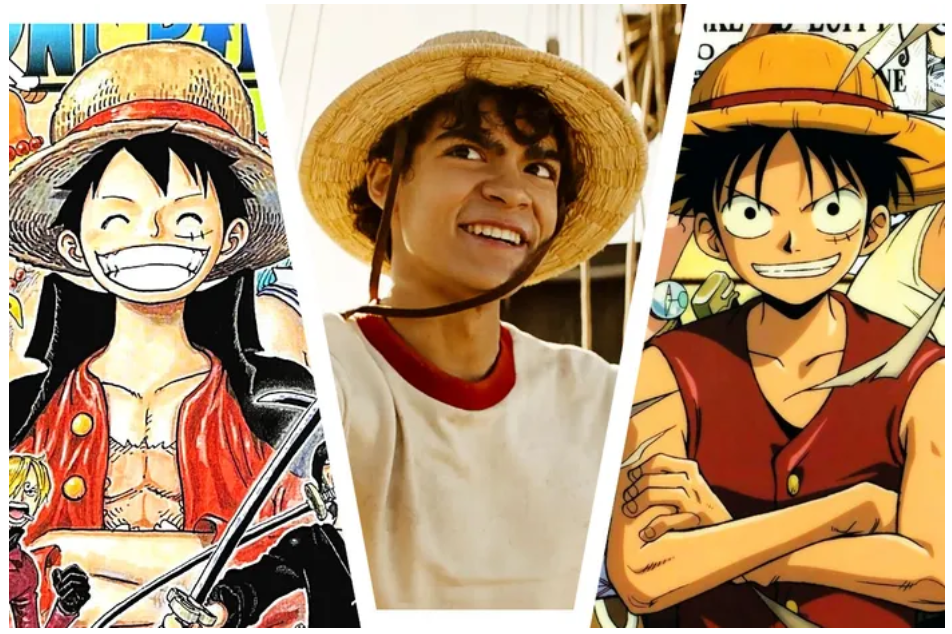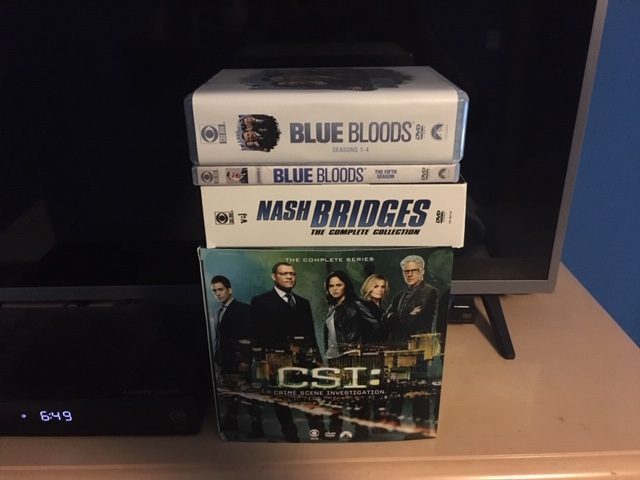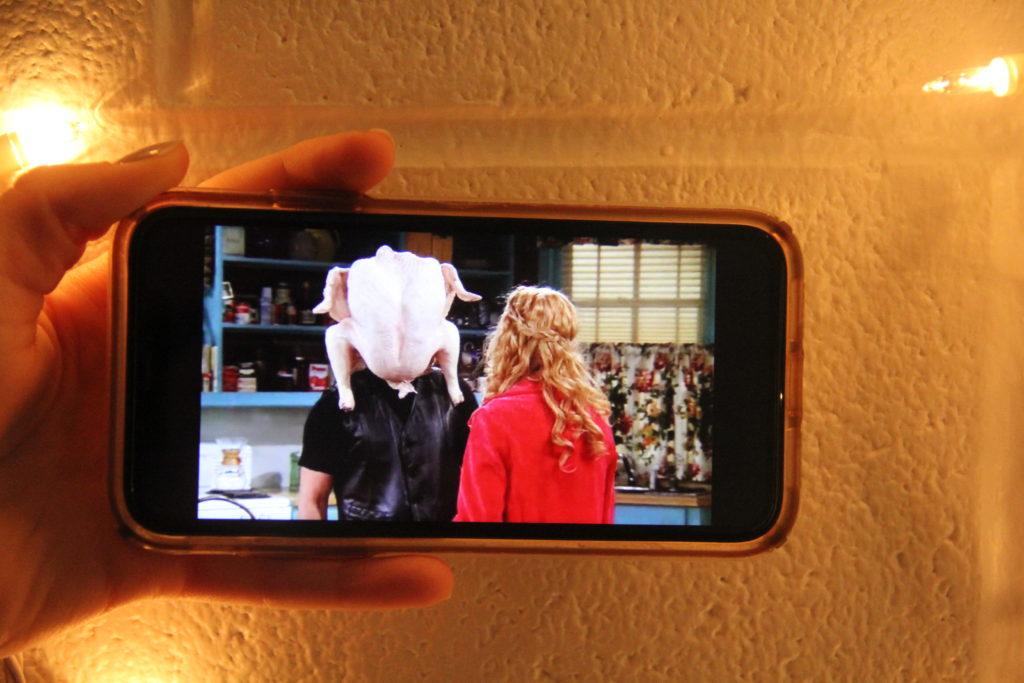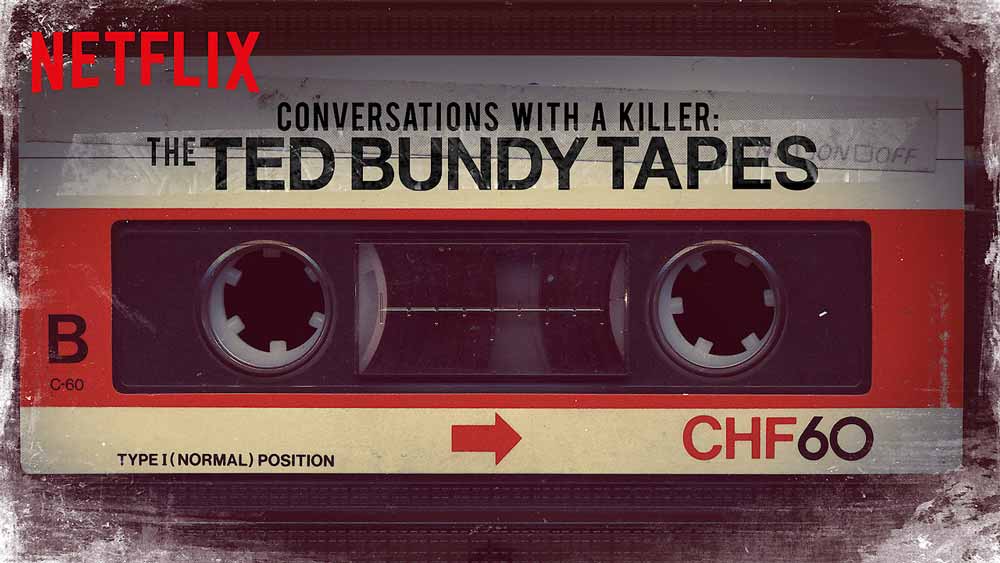“One Piece,” a Netflix original, is an action adventure show that follows a group of rookie pirates as they sail to find the treasure of the Pirate King, also named the One Piece. Adapted from the long running manga and anime, “One Piece” was a welcome surprise to many fans of the original.
Previous failures of anime to live action by Netflix such as “Cowboy Bebop” and “Fullmetal Alchemist” had cast doubt on the project from the beginning, but, with input and direction from the series’ author, Eiichiro Oda, an excellent choice of cast, and the use of practical effects, it ended up being a big win for everyone involved. The series also gave hope to upcoming anime adaptations where there had been little before, especially the lesser known “Yu Yu Hakusho,” which premiered on Dec. 14.
The casting of the main characters is one of the strongest points in the show. This season, we are introduced to five crew members: Monkey D. Luffy, the captain; Roronoa Zoro, a swordsman and the first mate; Nami, the navigator; Usopp, the sharpshooter; and Sanji, the chef.
Luffy is ambitious and optimistic, believing that everyone should follow their dreams, and encouraging the rest of the crew to help him achieve his and theirs by sailing the seas together. Iñaki Godoy, who Oda himself chose to play Luffy, spent extra time trying to get down his mannerisms, such as his smile, which he noticed was extremely important to fans. Oda even remarked upon meeting him that Godoy was very similar to how he envisioned the character of Luffy when he was writing him.
Additionally, Emily Rudd, who portrays Nami, was already an anime fan before joining the show, and her knowledge of how her character acted from watching her beforehand definitely took her performance to the next level, making a very believable interpretation of the orange haired thief.
Buggy (Jeff Ward) is a dangerous, clown themed pirate, but the actor takes him away from his more goofy, traditional circus theme to a darker and more serious depiction, almost akin to the Joker. Ward’s Buggy was an instant fan favorite, and saved the project from something many others suffer from: trying to translate anime’s unique style into real life.
Many adaptations try to take things immediately from animation to live action, thinking that fans will appreciate the references. However, animation is a much different medium than live action, and can be manipulated in ways that CGI and actor’s movements cannot replace. “One Piece,” while still sticking to the heart of the source material, doesn’t attempt to replicate movements of the original characters that would seem unnatural. Some attack names are called out, but this is really the extent to which the traditional anime cliches are used. For the most part, everyone moves, sounds, and acts like a normal human would.
One of the other great things about the series is its use of practical effects. Today, most companies would use CGI for the ships and other features. This can often lead to overworked CGI departments and an overall downgrade in the visuals. However, in “One Piece,” most of the things that can be built are built. Most notably, almost all the ships are real, something that I found impressive due to the detail and work of translating a 2-dimensional picture into a fully functioning set piece. What you see in the show can actually be touched, and, as such, the CGI for scenes where it is used (Mostly Luffy’s attacks as he can stretch his body) are very good and pleasing to watch.
Another thing that anime adaptations usually suffer from is the lack of input from the creators. However, bringing in the author usually solves a lot of these problems for the series. Oda, the man behind the madness of the 25 year long manga, helped in nearly every part of the production as executive director, from choosing actors to helping define what would and would not be in the series. In the end, Oda’s helping hand ensured that the project would have the guidance it needed to not stray too far from the original while doing its own thing, creating a memorable experience.
From a personal review standpoint, I think some of the story they left out should have been included (like why Usopp is a liar), but, overall, the story was very well executed for only having eight 50 minute episodes to cram arcs that could take about five to ten episodes in the anime by themselves. The action was expertly choreographed and fun to watch, and the show was able to lure in new viewers, as well, by not making it too heavy on plot details that only diehard fans would know.
The show is one of the most enjoyable watches I’ve had in a while and I’m very happy about the love and dedication that went into and obviously shines through in the project. Coming from someone who is a fan of the original and expected another flop, my final rating is a solid 8.5 out of 10, and I’m looking forward to the already confirmed second season.








